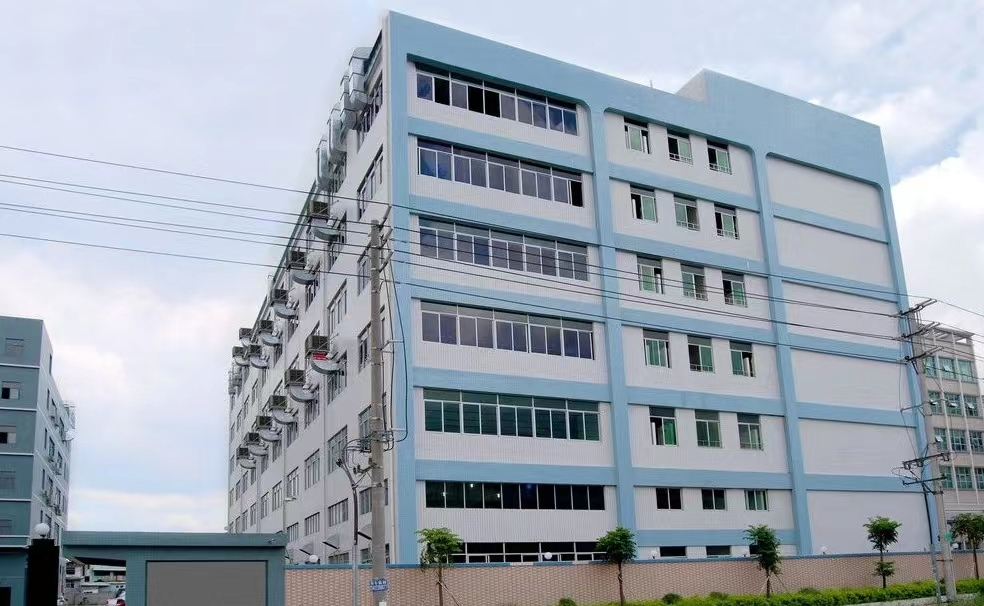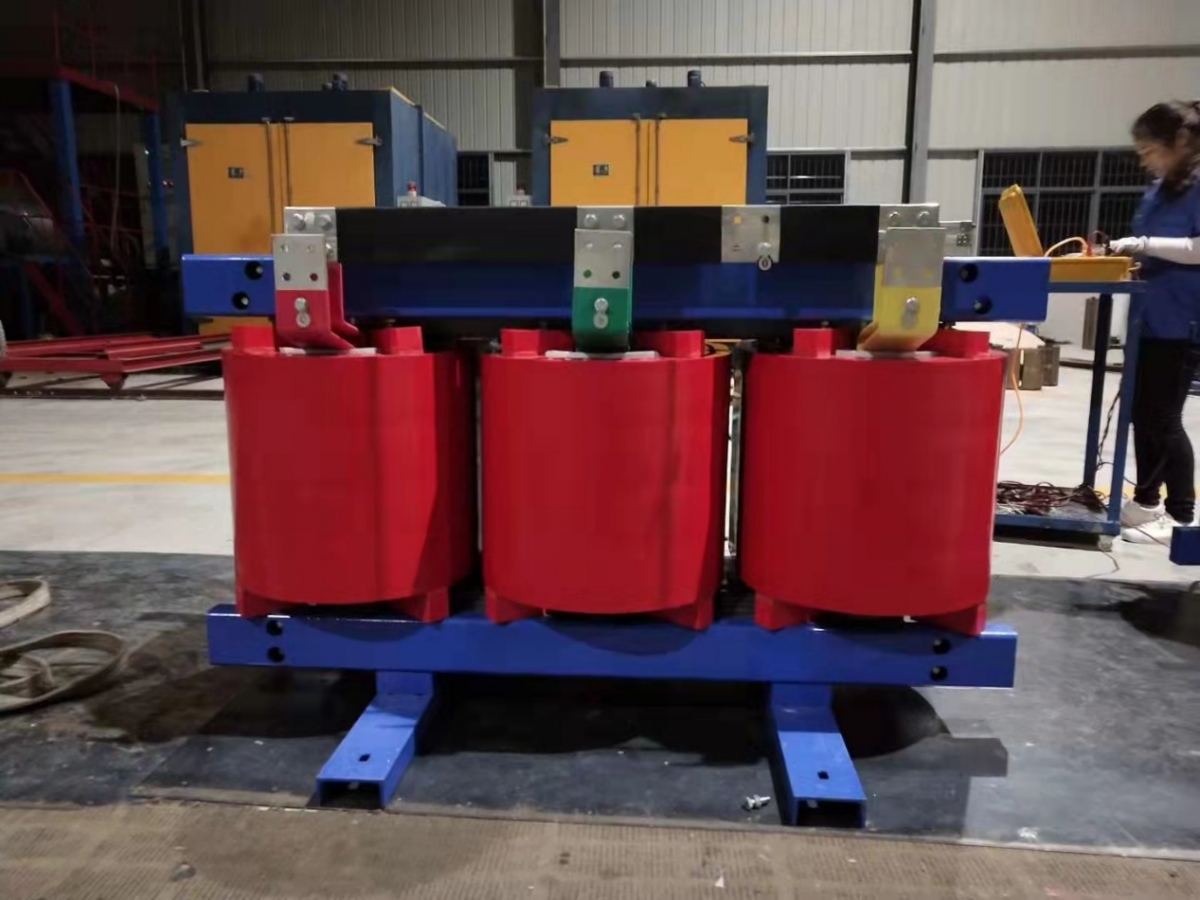Table of Contents
Comparing Dry Type and Liquid Immersed Transformers
Transformers are essential components in electrical systems, as they help to regulate voltage Levels and ensure the safe and efficient distribution of electricity. When it comes to transformers, there are two main types: dry type and liquid immersed transformers. Each type has its own set of advantages and disadvantages, and understanding the differences between them can help you make an informed decision when choosing a transformer for your specific application.

Dry type transformers, as the name suggests, do not use any liquid for cooling or insulation. Instead, they rely on air to dissipate heat and provide insulation. This makes them a popular choice for indoor applications where the use of liquid-filled transformers may not be practical or safe. Dry type transformers are also known for their low maintenance requirements and high efficiency, making them a cost-effective option for many applications.
| Type | Rated\\u00a0capacity\\u00a0\\uff08KVA\\uff09 | Voltage\\u00a0combination\\uff08KV\\uff09 | Off-load\\u00a0losses\\uff08W\\uff09 | Load\\u00a0losses\\uff08W\\uff09 | Off-load\\u00a0current\\u00a0(%) | Short-circuit\\u00a0voltage\\u00a0(%) |
| S11-630 | 630 | 33,35/6.3,6.6,10.5,11 | 830 | 7870 | 1.10 | 6.5 |
| S11-800 | 800 | 33,35/6.3,6.6,10.5,11 | 980 | 9410 | 1.00 | 6.5 |
| S11-1000 | 1000 | 33,35/6.3,6.6,10.5,11 | 1150 | 11540 | 1.00 | 6.5 |
| S11-1250 | 1250 | 33,35/6.3,6.6,10.5,11 | 1410 | 13940 | 0.90 | 6.5 |
| S11-1600 | 1600 | 33,35/6.3,6.6,10.5,11 | 1700 | 16670 | 0.80 | 6.5 |
| S11-2000 | 2000 | 33,35/6.3,6.6,10.5,11 | 2180 | 18380 | 0.70 | 6.5 |
| S11-2500 | 2500 | 33,35/6.3,6.6,10.5,11 | 2560 | 19670 | 0.60 | 6.5 |
| S11-3150 | 3150 | 33,35/6.3,6.6,10.5,11 | 3040 | 23090 | 0.56 | 7.0 |
| S11-4000 | 4000 | 33,35/6.3,6.6,10.5,11 | 3620 | 27360 | 0.56 | 7.0 |
| S11-5000 | 5000 | 33,35/6.3,6.6,10.5,11 | 4320 | 31380 | 0.48 | 7.0 |
| S11-6300 | 6300 | 33,35/6.3,6.6,10.5,11 | 5250 | 35060 | 0.48 | 7.5 |
| S11-8000 | 8000 | 33,35/6.3,6.6,10.5,11 | 7200 | 38500 | 0.42 | 7.5 |
| S11-10000 | 10000 | 33,35/6.3,6.6,10.5,11 | 8700 | 45300 | 0.42 | 7.5 |
| S11-12500 | 12500 | 33,35/6.3,6.6,10.5,11 | 10080 | 53900 | 0.40 | 8.0 |
| S11-16000 | 16000 | 33,35/6.3,6.6,10.5,11 | 12160 | 65800 | 0.40 | 8.0 |
| S11-20000 | 20000 | 33,35/6.3,6.6,10.5,11 | 14400 | 79500 | 0.40 | 8.0 |
| S11-25000 | 25000 | 33,35/6.3,6.6,10.5,11 | 17020 | 94100 | 0.32 | 8.0 |
| S11-31500 | 31500 | 33,35/6.3,6.6,10.5,11 | 20220 | 112900 | 0.32 | 8.0 |
On the other hand, liquid immersed transformers use oil or other types of liquid as a cooling and insulation medium. This allows them to handle higher power levels and provide better insulation than dry type transformers. Liquid immersed transformers are often used in outdoor applications or in environments where the transformer may be exposed to high temperatures or other harsh conditions. However, they do require regular maintenance to ensure that the liquid insulation remains in good condition and that the transformer continues to operate efficiently.

When comparing dry type and liquid immersed transformers, one of the key factors to consider is the level of maintenance required. Dry type transformers generally require less maintenance than liquid immersed transformers, as they do not have liquid insulation that needs to be monitored and replaced. This can make them a more cost-effective option in the long run, as maintenance costs can add up over time.
| model | Rating\\u00a0capacity\\u00a0\\uff08KVA\\uff09 | Voltage\\u00a0combination\\uff08KV\\uff09 | No-load\\u00a0losses\\uff08W\\uff09 | Load\\u00a0losses\\uff08W\\uff09 | No-load\\u00a0current\\u00a0\\uff08%\\uff09 | Short-circuit\\u00a0voltage\\u00a0\\uff08%\\uff09 |
| SC13-30 | 30 | 6,6.3,6.6,10,11/0.4 | 150 | 710 | 2.3 | 4.0 |
| SC13-50 | 50 | 6,6.3,6.6,10,11/0.4 | 215 | 1000 | 2.2 | 4.0 |
| SC13-80 | 80 | 6,6.3,6.6,10,11/0.4 | 295 | 1380 | 1.7 | 4.0 |
| SC13-100 | 100 | 6,6.3,6.6,10,11/0.4 | 320 | 1570 | 1.7 | 4.0 |
| SC13-125 | 125 | 6,6.3,6.6,10,11/0.4 | 375 | 1850 | 1.5 | 4.0 |
| SCB13-160 | 160 | 6,6.3,6.6,10,11/0.4 | 430 | 2130 | 1.5 | 4.0 |
| SCB13-200 | 200 | 6,6.3,6.6,10,11/0.4 | 495 | 2530 | 1.3 | 4.0 |
| SCB13-250 | 250 | 6,6.3,6.6,10,11/0.4 | 575 | 2760 | 1.3 | 4.0 |
| SCB13-315 | 315 | 6,6.3,6.6,10,11/0.4 | 705 | 3470 | 1.1 | 4.0 |
| SCB13-400 | 400 | 6,6.3,6.6,10,11/0.4 | 785 | 3990 | 1.1 | 4.0 |
| SCB13-500 | 500 | 6,6.3,6.6,10,11/0.4 | 930 | 4880 | 1.1 | 4.0 |
| SCB13-630 | 630 | 6,6.3,6.6,10,11/0.4 | 1070 | 5880 | 0.9 | 4.0 |
| SCB13-630 | 630 | 6,6.3,6.6,10,11/0.4 | 1040 | 5960 | 0.9 | 6.0 |
| SCB13-800 | 800 | 6,6.3,6.6,10,11/0.4 | 1210 | 6960 | 0.9 | 6.0 |
| SCB13-1000 | 1000 | 6,6.3,6.6,10,11/0.4 | 1410 | 8130 | 0.9 | 6.0 |
| SCB13-1250 | 1250 | 6,6.3,6.6,10,11/0.4 | 1670 | 9690 | 0.9 | 6.0 |
| SCB13-1600 | 1600 | 6,6.3,6.6,10,11/0.4 | 1960 | 11700 | 0.9 | 6.0 |
| SCB13-2000 | 2000 | 6,6.3,6.6,10,11/0.4 | 2440 | 14400 | 0.7 | 6.0 |
| SCB13-2500 | 2500 | 6,6.3,6.6,10,11/0.4 | 2880 | 17100 | 0.7 | 6.0 |
Another factor to consider is the efficiency of the transformer. Dry type transformers are known for their high efficiency, as they do not have the energy losses associated with liquid insulation. This can help to reduce energy costs and make dry type transformers a more environmentally friendly option. However, liquid immersed transformers can handle higher power levels and provide better insulation, which may be necessary for certain applications.
In terms of Lead time, China manufacturers are known for their ability to produce transformers quickly and efficiently. This can be a major advantage for companies that need a transformer in a short amount of time, as China manufacturers can often deliver transformers with a shorter lead time than manufacturers in other countries. This can help to reduce downtime and ensure that your electrical system is up and running as quickly as possible.
To help you better understand the differences between dry type and liquid immersed transformers, many China manufacturers offer videos that demonstrate the operation and benefits of each type of transformer. These videos can be a valuable resource for anyone considering purchasing a transformer, as they provide a visual representation of how each type of transformer works and the advantages it offers. By watching these videos, you can gain a better understanding of the differences between dry type and liquid immersed transformers and make an informed decision about which type is best for your specific application.
In conclusion, when comparing dry type and liquid immersed transformers, it is important to consider factors such as maintenance requirements, efficiency, lead time, and the availability of resources such as videos. By weighing these factors carefully, you can choose the transformer that best meets your needs and ensures the safe and efficient operation of your electrical system.

